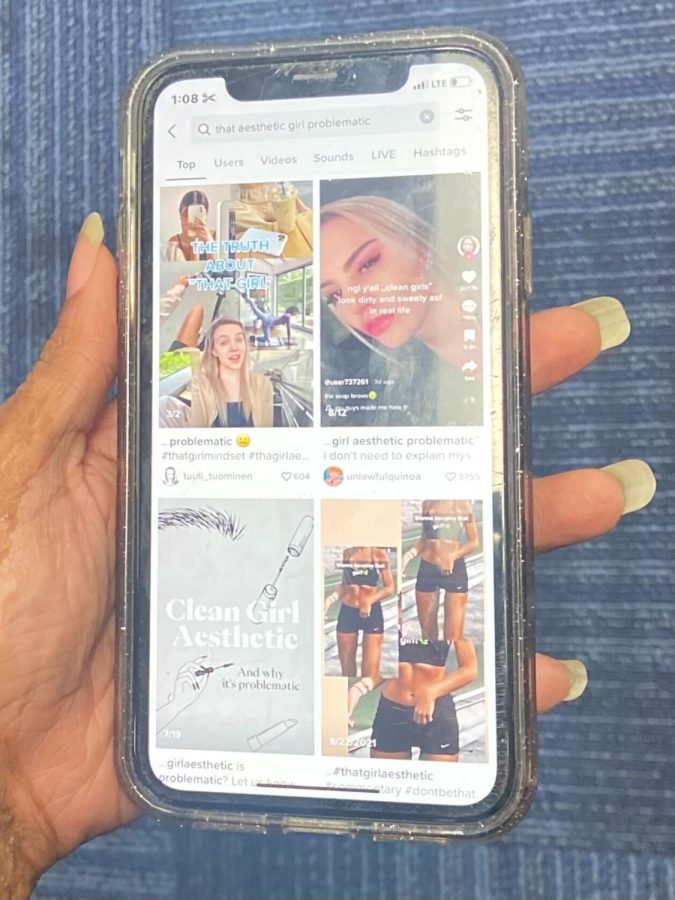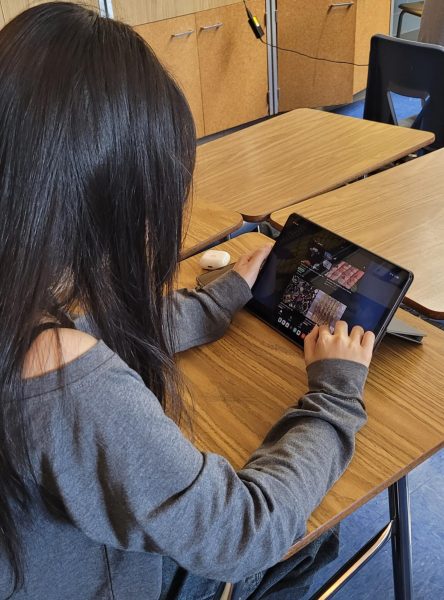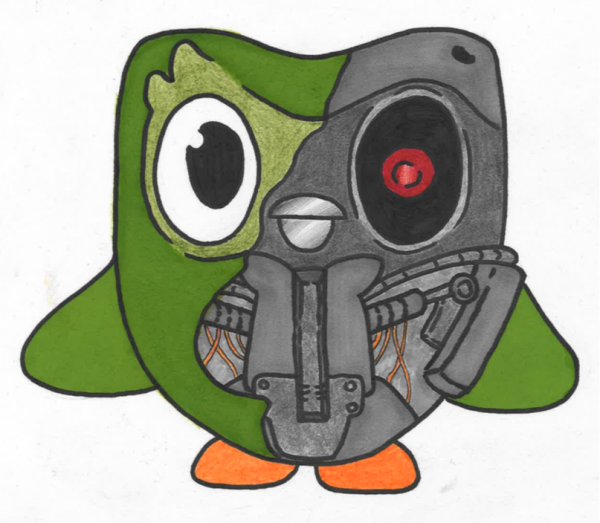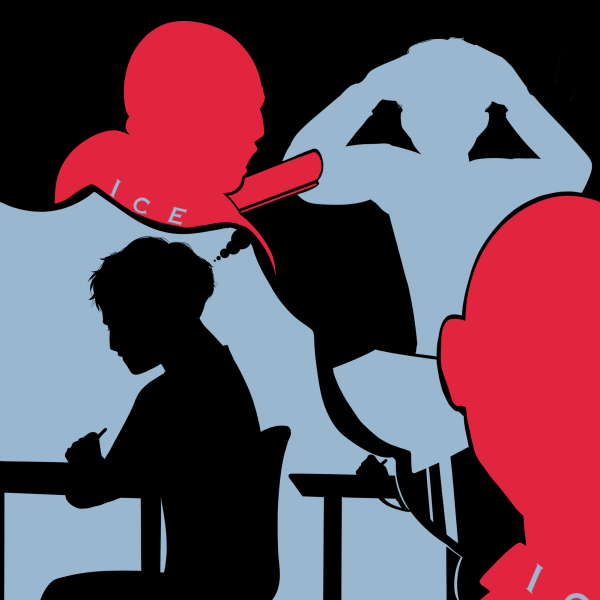TikTok brings questionable new beauty, culture standards to Gen Z
Young adults are highly influenced by the many perspectives Social Media offers, even when they set unhealthy standards for the individual.
Status skin, fast fashion, and now…“That Girl.” Yet again, there is an online trend that allegedly prioritizes wellness and natural beauty but is secretly really problematic.
The “That Girl” movement was inspired by an aesthetic that rose to popularity on TikTok in late 2020 and early 2021. The aesthetic is based on the ideals of eating all natural foods, practicing meditation, journaling to help with stress and clean looks in makeup, clothing, hair and home decor. On the surface, this aesthetic seems really nice and a smart way to live a healthy lifestyle but is also shrouded in controversy.
One part of the “That Girl” look is the “Clean Girl” makeup, which is a style that shows off natural beauty by only using minimal products to create a natural look and energy. This also includes slicked back hair, typically into high ponytails, buns or claw clips. But it didn’t stop there—for a while there was a micro-trend called “wavy bangs”, which was inspired by edges, typically done in protective hairstyles in the Black and Latina communities. Wavy bangs were mostly done by white teenagers and young adult women who wanted to appear as “aesthetic” but only ended up as controversial.
The “That Girl” aesthetic also has recently had a problem with appropriating certain cultural foods and drinks. The most well-known of these is “Cowboy caviar” and “Spa water”. Cowboy caviar is an Americanized version of Pico De Gallo. Spa water is just the Tik Tok name for Aguas Frescas, a drink from Mexico. While there is nothing necessarily wrong with Americanized dishes or beverages, when wrapped up in the entirety of the largely white “That Girl” identity, it contributes to a whitewashed cultural theft and commodification.
If you Google the “That Girl” aesthetic, many images of conventionally attractive and commonly white women doing mundane activities appear. They’re often paired with images of perfectly plated food and drinks, minimalist decor and “natural” beauty products. These images are then used as a way to “body check” girls, a process where someone will often look at an image of conventionally attractive bodies and use them as “body goals”.
The inclusion of food and drink in this trend has recently led to people undereating because foods being shown are only small portions or snacks rather than complete meals. Not only is this kind of diet problematic, the workouts recommended are harsh too. Quite a few of the workouts are on the easier side, like 12-3-30 (a simple workout on the treadmill where you are on speed 3 and incline 12 for 30 minutes), but those that are harsh and difficult, commonly people will follow fitness influencers for workouts but, many of them aren’t up to par with everyone who watches physical capabilities, leaving many struggling behind. Many of these workouts prioritize only one muscle or area of the body, making it unattainable, especially when paired with the diet as seen above.
Another popular image is often high-class and expensive New York apartments. The girls who are going viral using this trend are usually in their early twenties. They are making it seem very attainable to move into an expensive apartment as your first place away from the family you grow up with, encouraging younger girls to fantasize and not be prepared for reality. Dior beauty products and other expensive items and/or lifestyles make it seem like the aesthetic is all about money, when it’s really about (or, rather, should really be about) romanticizing your life and trying to live your best life. This shows inherent classism, adding to many of the problems that we see in the “That Girl” aesthetic.
“This world can be difficult enough. The idea that we should all strive for one look, one size, one shape, and one standard doesn’t do anyone any good. My best advice, for you as an individual, is to limit or cut out social media… I don’t believe that will make you immune, but it has a great impact on mental health and cuts down on the constant intensity and comparison game.” Health teacher, Ms. Anne Knutson said.
And because this trend evokes problems relating to culture, class, and more, it has also been affecting teens’ mental health, especially in young impressionable girls. The age for kids being on the internet is getting younger and younger, and if girls as young as 10 are seeing these traits and lifestyles as desirable, they are more likely to struggle with their personal image, from their physical appearance to their wealth and status and more, later on. It is then, ultimately, another huge contribution to the toxic body image culture that we as a society have been trying to get rid of for so many years.
“There should be more body positivity in these aesthetics, to show women of all shapes and sizes because in the real world, all bodies are aesthetically beautiful,” Narriah Copeland (11) said.
In the future, people of color being represented in aesthetics and online trends would be beneficial for all. I’d personally also like to see more different body types, especially for an aesthetic that preaches self-love. We need to make the “That Girl” aesthetic into a mindset, not some lifestyle that people must have to be successful. If it was just a mindset that prioritizes wellness and self-love, we wouldn’t have as much of a problem with cultural appropriation and glamorizing unhealthy and unattainable lifestyles. People also need to remember that aesthetics aren’t everything, and people shouldn’t feel the need to only do, eat or wear something because it’s popular or looks pretty according to TikTok or Instagram.
Everyone needs to be careful with the kinds of aesthetics they are looking at on social media—many of them look cool but have negative connotations or a problematic history. So don’t be a part of history repeating itself. Work to change it instead.
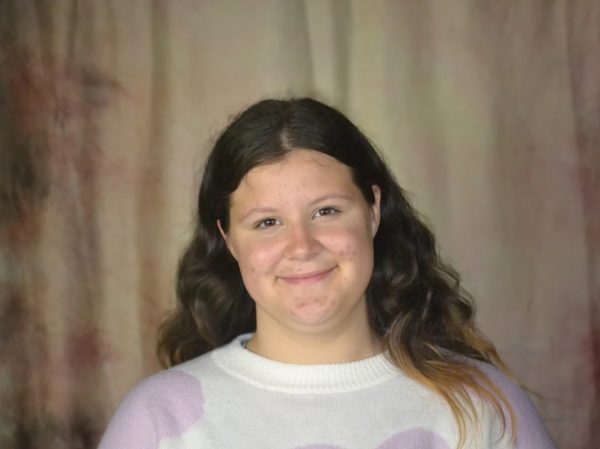
Caroline Raleigh is a senior at CHHS. This is her second year on staff, now as Editor-In-Chief after being a Staff Writer last year. She is the Chair of...
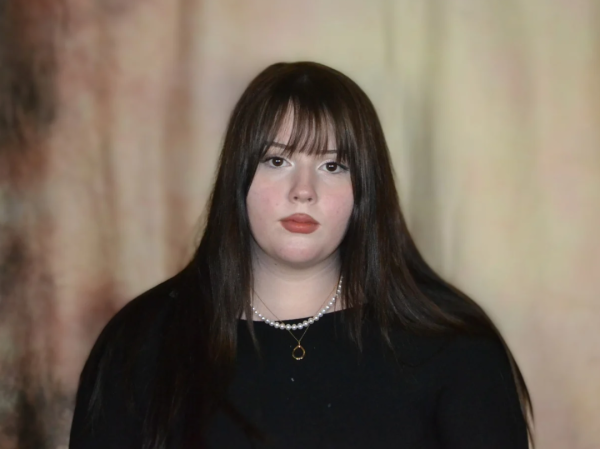
Co-Editor-in-Chief Emarie Kusler is a senior who is returning for her last of four years writing for The Heights Herald. She is often found participating...


